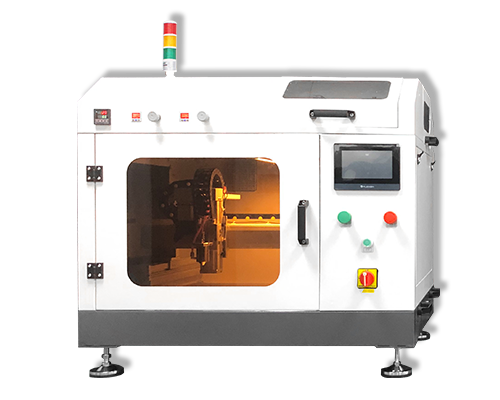Direct Air Carbon Capture and Storage
Direct Air Carbon Capture and Storage – Electrolyzer Coating Systems – Cheersonic
Direct Air Carbon Capture and Storage (DACS, sometimes referred to as DAC or DACCS) is one of the few technologies that removes carbon dioxide (CO2) from the atmosphere. Unlike other carbon removal technologies that capture CO2 emissions during power generation or heating, DACS can be deployed anywhere in the world where electricity is available.
Removing carbon dioxide is critical to meeting the international climate goals set by the 2015 Paris Agreement. But reducing carbon dioxide emissions alone is not enough to achieve net zero, it is also necessary to eliminate the carbon dioxide released into the environment by two centuries of industrialization. As a technology that removes more carbon dioxide from the atmosphere than it releases — assuming it’s powered by green electricity — DACS has the potential to play a key role in the process.
Principle of DACS
DACS can be described as a type of industrial photosynthesis. Just like plants use photosynthesis to convert sunlight and carbon dioxide into sugar, DACS systems use electricity to remove carbon dioxide from the atmosphere through fans and filters.
Air is drawn into the DACS system through an industrial-grade fan. The DACS solution system passes air through a chemical solution, removing carbon dioxide from it and returning the rest of the air back to the atmosphere.
The DACS solid-state system captures carbon dioxide on a filter surface covered with chemicals, which then form the compound. The newly formed compound is heated to release the carbon dioxide to be captured and separated from the chemical, which can then be recycled.
Captured carbon dioxide can be compressed at very high pressure and pumped through pipelines to deep geological formations. Through natural mineralization, carbon dioxide reacts with basalt rock and turns into stone within a few years. This permanent storage process is called “sealing”.
Alternatively, carbon dioxide can be pumped at low pressure for immediate use in commercial processes, such as carbonated beverages or cement manufacturing.
What role can DACS play in decarbonization?
Carbon dioxide accumulates in the air in equal concentrations everywhere in the world. This means that DACS plants can be located anywhere, unlike carbon capture systems that remove carbon dioxide from industrial processes.
The concentration of carbon dioxide in the atmosphere is very dilute, at only 0.04%, making removal and storage a challenge. This means that the cost of DACS is significantly higher than some other CO2 capture technologies – between $200 and $600 (£156-468) per tonne. This process also requires a lot of energy, which simultaneously increases the demand for electricity. However, DACS has the potential to become an important part of CO2 removal technologies and technologies, including nature-based solutions such as planting forests, as well as bioenergy carbon capture and storage (BECCS), soil sequestration and ‘blue carbon’ ocean initiatives.
Ultrasonic coating equipment can be used in carbon capture electrolysis applications, which apply catalysts to membranes used to separate and capture CO2 before entering the atmosphere. CO2 is separated from other gases in waste gas streams produced in industrial processes, such as coal and natural gas-fired power plants or steel and cement plants; designed to reduce carbon emissions to combat global warming.
Our coating solutions are environmentally-friendly, efficient and highly reliable, and enable dramatic reductions in overspray, savings in raw material, water and energy usage and provide improved process repeatability, transfer efficiency, high uniformity and reduced emissions.


